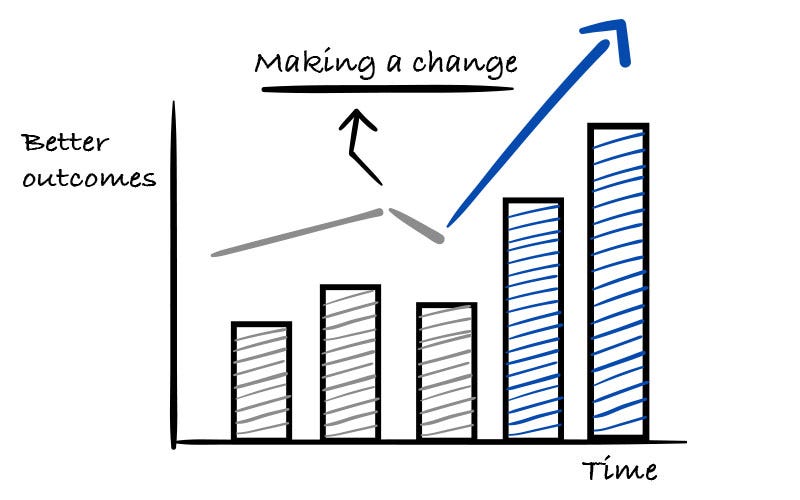How to make and embrace changes
Doing this the right way will ensure that the organization and the people thrive!
Intro
We live in a world where changes are becoming a constant in our lives. The speed at which technology is changing and the way that markets are changing.
It’s really important for organizations and people to be resilient and prepared for changes. And changes are something that we often don’t have control of.
2 weeks ago, I received a lot of great feedback regarding the article How to develop a great tech strategy. The feedback that particularly stood out was: How to implement the changes in the tech strategy and how to embrace them if they are outside of your control.
So, in this article I’ll be sharing my experience and what is the best way of creating positive changes. And also what is the best way to embrace them if they are outside of your control.
Why are changes being made in organizations?
Here are the 3 most common reasons for changes being made in organizations:
✅ The business is changing direction from industry A to industry B.
✅ The business is either growing or the customer ba…


